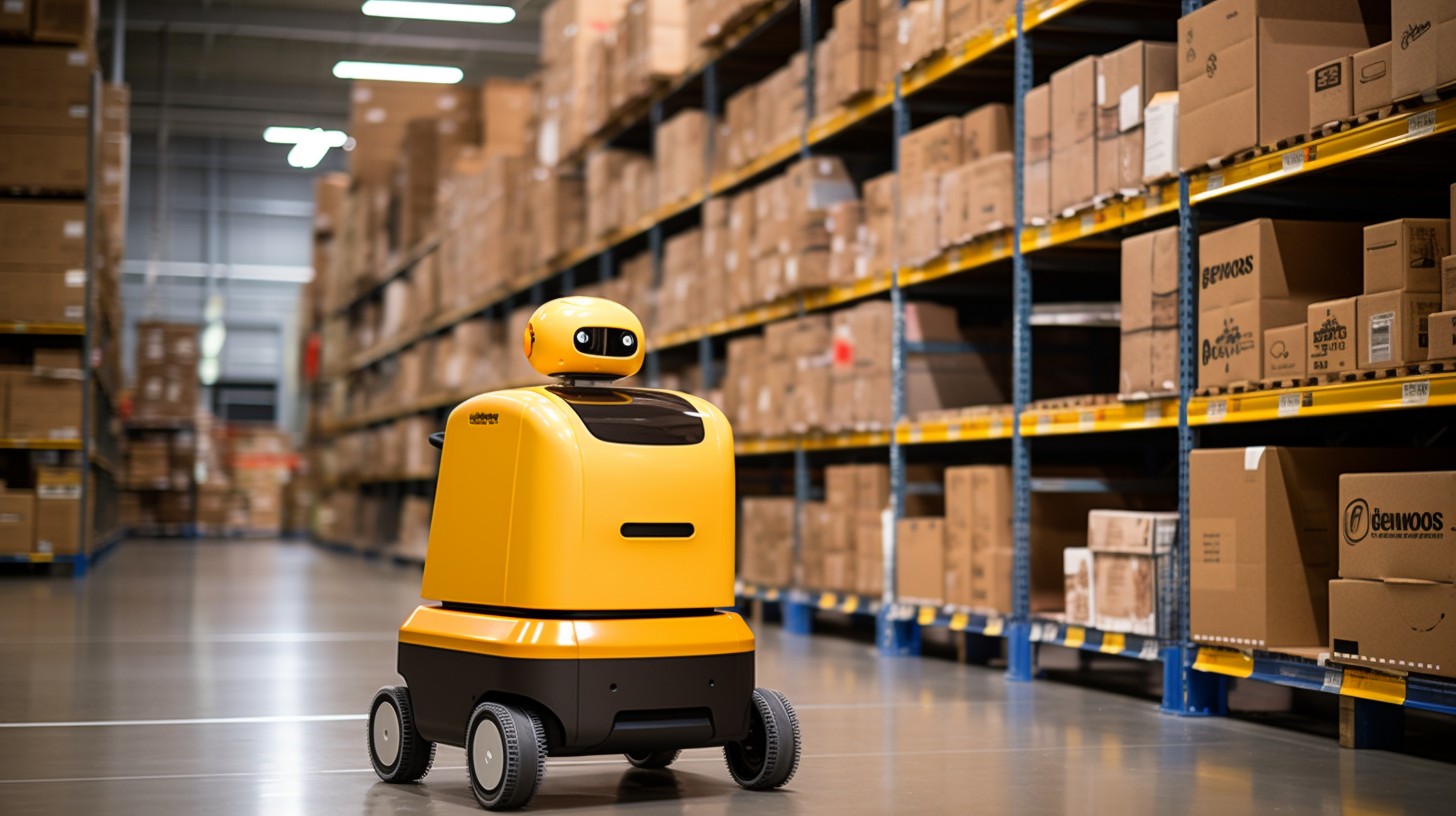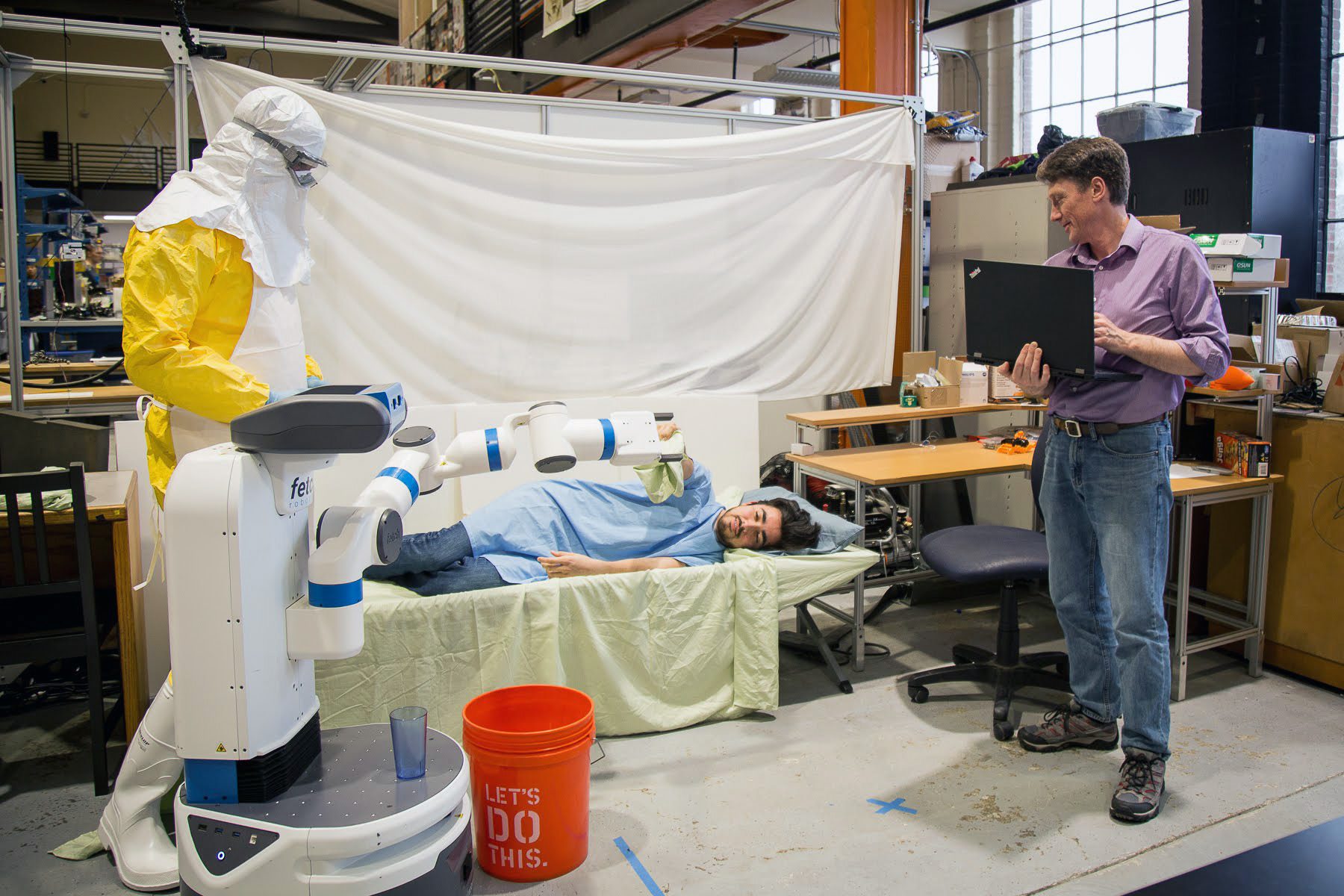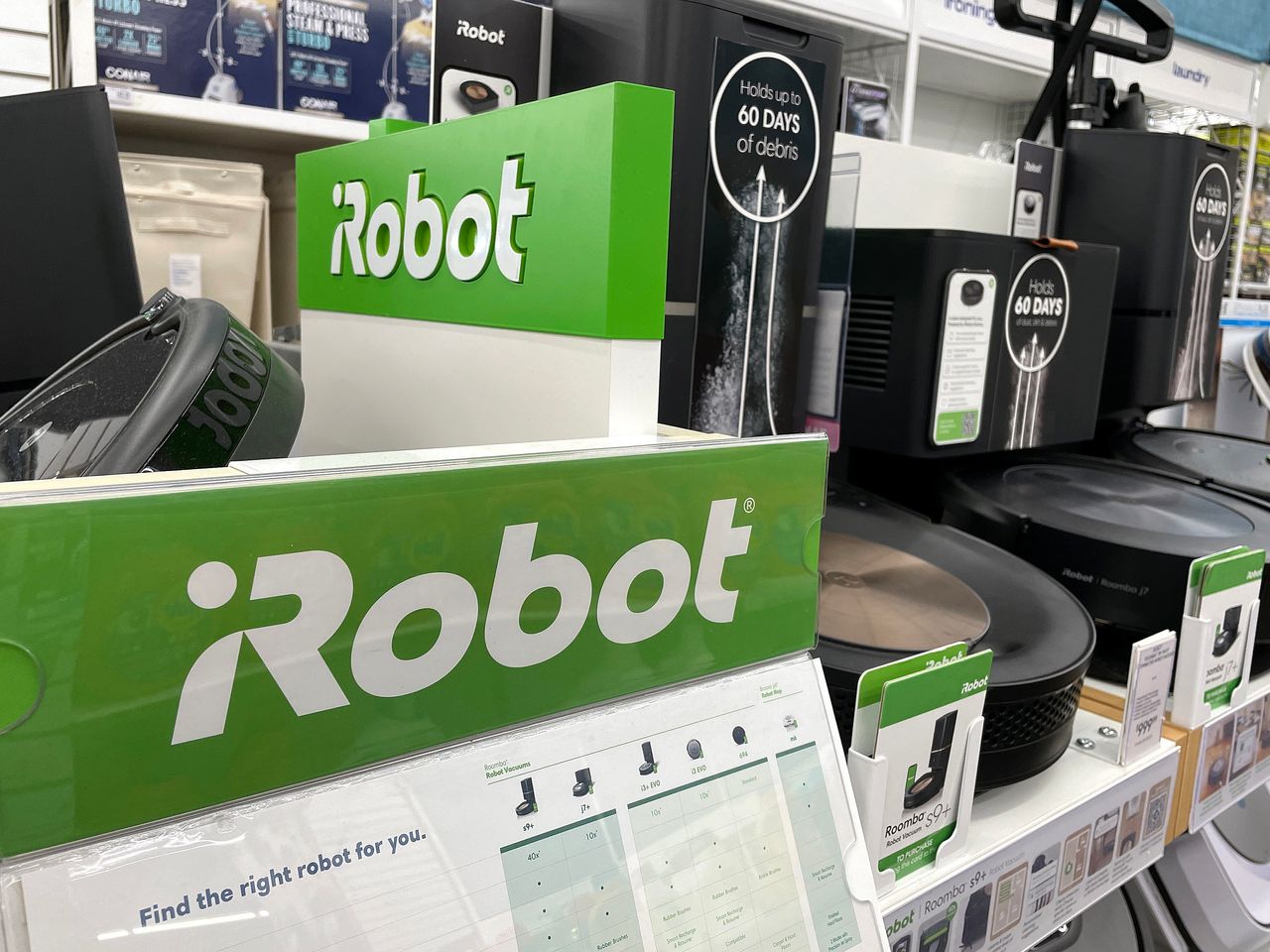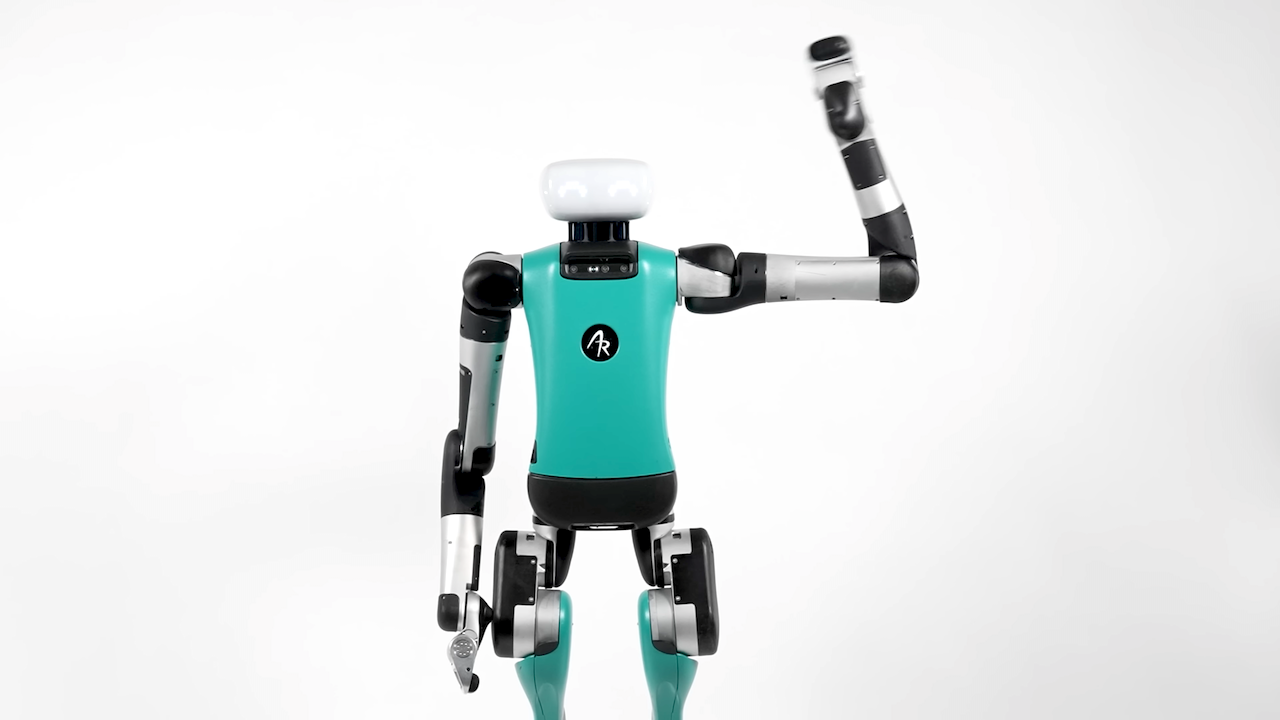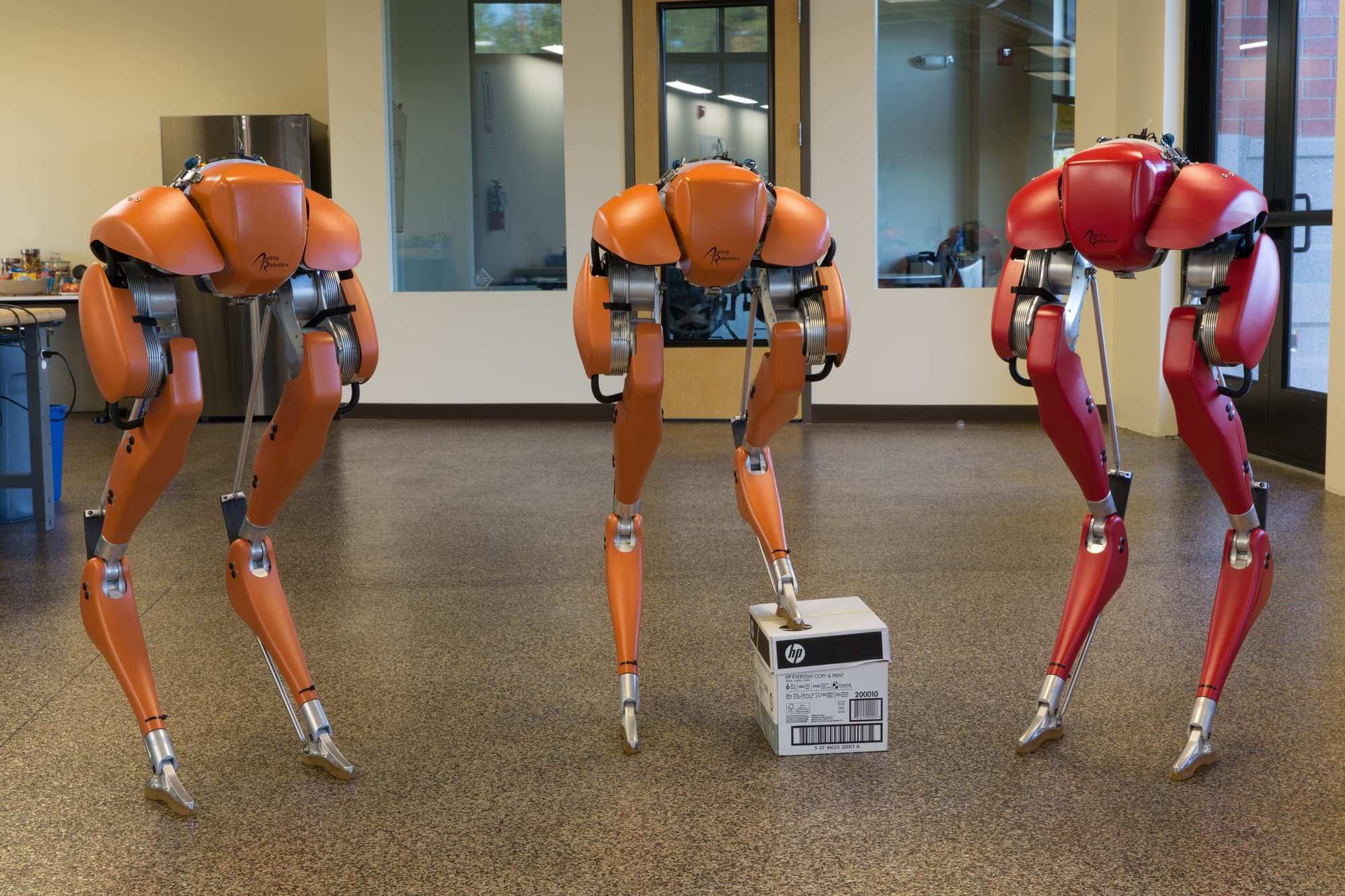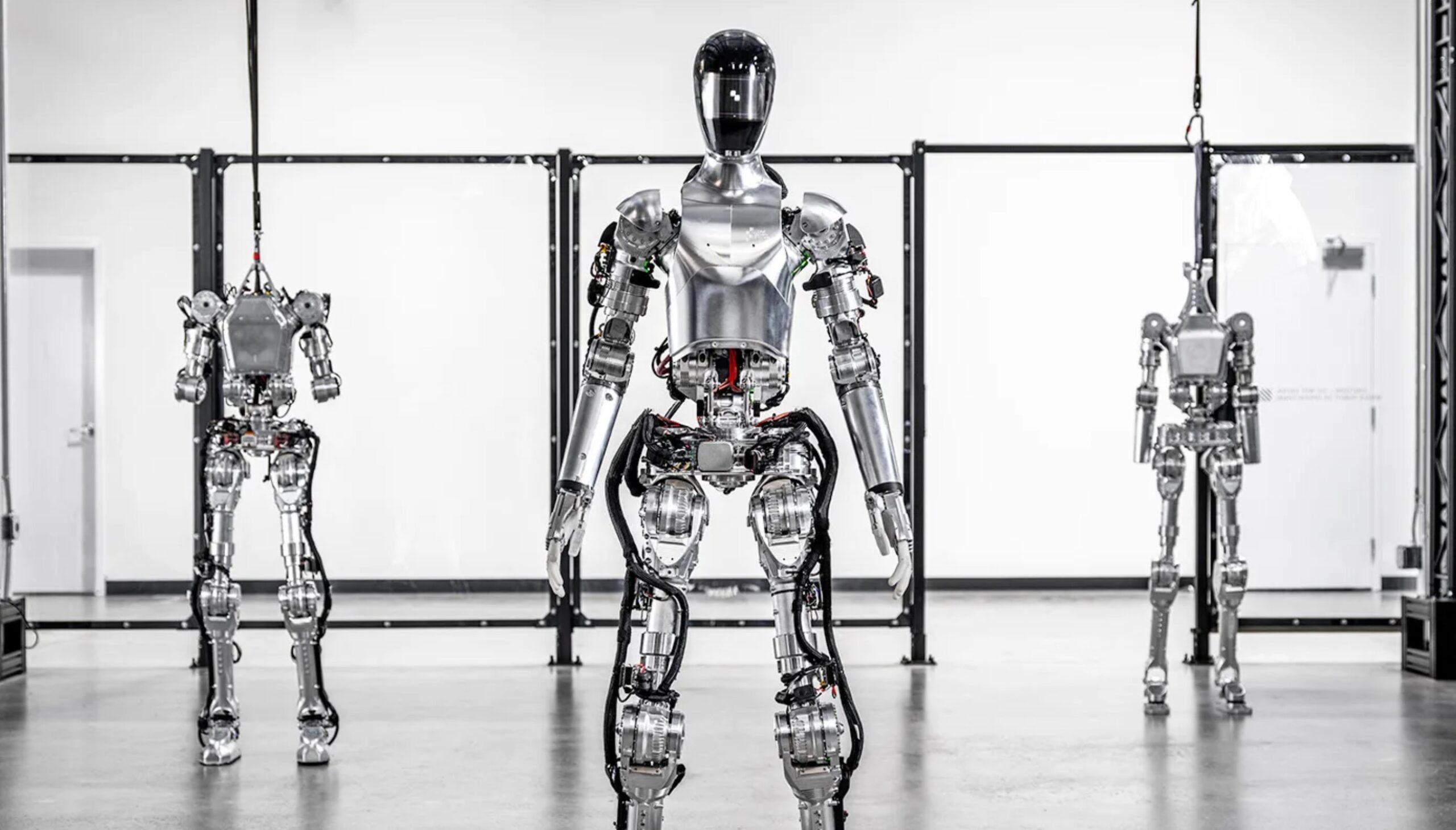Amazon announced at the Delivering the Future event in Seattle that it will begin testing Agility’s Digit, a bipedal robot, in its nationwide fulfillment centers. While this initial testing phase does not guarantee the robot’s widespread adoption, it demonstrates Amazon’s interest in exploring the potential of humanoid robots.
Key Takeaway
Amazon’s testing of Agility’s Digit humanoid robot in its fulfillment centers signifies the company’s interest in exploring the potential of walking robots. The success or failure of Digit will have a significant impact on the development and adoption of humanoid robots in the industry. Amazon’s focus on integrating systems that increase productivity highlights its commitment to meeting customer demands for faster deliveries. The ability of humanoid robots to adapt to existing work environments makes them an attractive option for automation in brownfield sites. Beyond Digit, Amazon is looking into combining mobile robots and robot arms to create mobile manipulation systems.
Exploring new possibilities
Amazon has been focused on wheeled locomotion for its autonomous mobile robots (AMRs) since its acquisition of Kiva Systems in 2012. However, the company recognizes the potential of walking robots and is interested in their ability to navigate different terrains. Amazon Robotics chief technologist, Tye Brady, explained that the company is experimental at heart and wants to understand what works and what doesn’t about humanoid robots. By piloting Digit, Amazon aims to evaluate the robot’s performance in a real-world warehouse environment.
The industrial robotics space has been heavily influenced by Amazon’s efforts to automate its operations and meet customers’ growing expectations for fast deliveries. The company’s decision to stop supporting Kiva customers outside the Amazon ecosystem led to the establishment of major robotics companies such as Locus Robotics and 6 River Systems. Amazon only integrates systems into its robotics ecosystem if they demonstrate increased productivity and provide a competitive advantage in delivering goods to customers faster.
Challenges of integrating humanoid robots
While there are several startups competing in the humanoid robotics market, including 1X, Figure, and Tesla, Agility’s Digit stands out due to its significant funding and head start. The robot might not resemble a human, but it has the potential to revolutionize warehouse operations with its capabilities. However, scaling up the implementation of humanoid robots remains a challenge. Success or failure in the tasks assigned to Digit will have a profound impact on the direction of humanoid robot development. If Digit succeeds at scale, other companies will likely follow Amazon’s lead and invest in humanoid workers.
One advantage of humanoid robots is their compatibility with existing brownfield sites, which are warehouses and factories not specifically designed for automation solutions. Humans build workspaces for other humans, which includes considerations such as shelving heights, terrain, aisle width, and stairs. Humanoid robots can easily adapt to these environments. While Amazon has the resources to build customized facilities, the ability of a system to seamlessly integrate into the existing workflow is still advantageous.
Looking beyond Digit
Amazon’s plans for mobile manipulation go beyond just Digit. The company aims to combine sensing, computing, and actuation to create unique applications. They see themselves as world leaders in mobile robots and are expanding into manipulating objects, not just packages. For instance, Amazon is exploring the possibility of mounting a robot arm onto an AMR to create a mobile manipulation system. The company’s priority is to innovate for customers and improve employee safety, exploring various combinations of technologies to achieve these goals.







